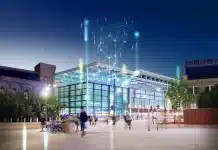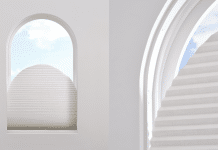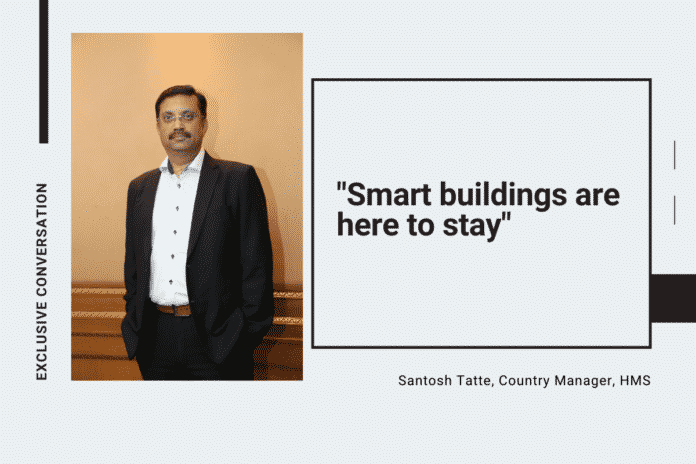
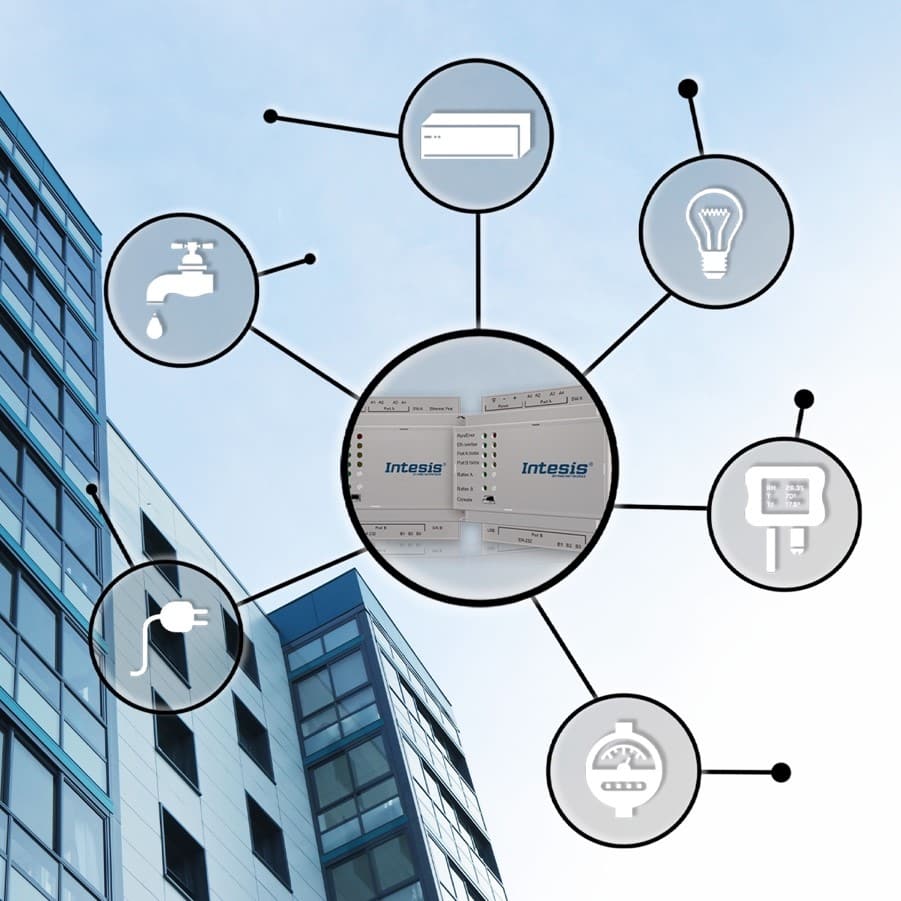
Smart building is a trending concept of TBS (Total Building Solution) or IBMS (Intelligent Building Management System) which integrates building automation, security, fire detection, energy management, facility management etc. into one single platform to achieve energy efficiency, comfort, safety and sometimes control as well. “With the smart building nowadays, users get to enjoy a smooth experience from the moment users step into the building. Smart buildings will learn human behaviour and turn them into automated adjustment such as switching on lights, resume escalators, air-conditioning, contactless visitor registration, temperature setting, crowd alert, ventilation etc. Such automated actions and control will help to save energy, operating cost, operational effectiveness & efficiency at the same time will avoid any human dependency”, says Santosh Tatte, Country Manager, HMS Industrial Networks India Pvt. Ltd .
What are the latest innovations in the smart-building segment? Give us a glimpse of Intesis.
Electric Vehicles are among the latest innovations in the smart building segment. Intesis as an expert in Building Automation Gateways keeps its pace for innovating a new range of Gateways to be able to continue to offer connectivity solution for new systems/devices/technology. As mentioned above the latest trend is Electric vehicle. Guests in the hospitality industry will need the arrangement to charge their electric vehicles while they stay at the Hotel.
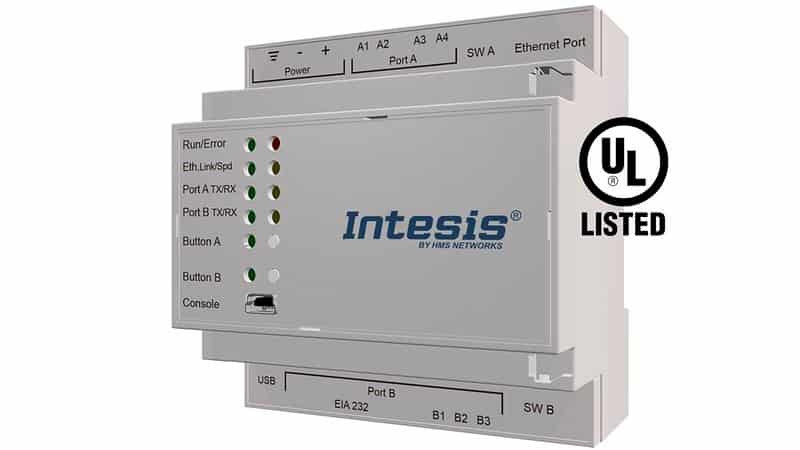
Intesis now has a Gateway that can interface EV charging stations using OCPP protocol to Building Management Systems (BMS). This Gateway will make all the EV charging data available in BMS for the Smart Management of the system. Intesis has also launched a wide range of AC Interfaces and cloud-based solution to connect AC to different network, Fieldbus, BMS, home automation system or an APP using Cloud connectivity. With such integration, the user will have all the information on his fingertips using smart Gadgets such as Smart Mobile phones or iPad or Laptop etc.
What according to you is the most important factor to consider while planning for an Intelligent building?
The overall design and solution will depend on the project. It might be an existing building where some of the devices are already fitted or it might be a new design/construction and the solution provider has the liberty to consider the latest technology. While considering a smart solution for building, the solution provider has to offer cost-effectiveness and stability of integration. It is important that the complete project requirements and users’ expectations are understood properly and the right smart solution is offered which is not too complex to use and understand but at the same time meets all requirements. Some other key factors are building technology system assessment (computing power, technology infrastructure, facility age, compatibility with intelligent building technologies, location and ability to integrate to another platform etc.), long term vision, planning and priorities (review each item, considering any potential roadblocks to implementation such as budget issues or technology or availability of resources etc.).
What are the contributions of smart buildings to the environment?
Smart and sustainable buildings have been designed, built and utilized to consume less energy, facilitate efficient building operation, and improve the comfort, health & safety and productivity of users. A Smart Building minimizes energy and water consumption, minimizes waste and maximizes recycling, provides healthy living conditions and promotes environmental performance.
One of the most critical requirements for smart building in India and all across the globe is energy efficiency. This can be achieved by HVAC smart control, smart lighting, integrating the solar system to BMS and using it as the top priority, analysing data for other essential systems such as lifts, generators, pumps and use it for predictive maintenance etc. Ultimately, it helps to reduce carbon emission. On a global basis, buildings are responsible for 40% of global annual energy consumption and up to 30% of all global energy-related greenhouse gas (GHG) emissions. It is therefore important for buildings to become more intelligent / smarter and more sustainable to reduce this environmental impact dramatically.
Do you think Smart buildings are economically sustainable? Why?
There could be different views while looking at the Smart buildings. Someone may consider a high investment initially. However, such Smart building is designed to achieve higher Return on Investment (ROI) in long run such as electricity reduction, manpower productivity improvement, meeting environmental norms, preserving of natural resources, employee productivity for an organization, property maintenance and operating cost etc.
Smart buildings are economically sustainable because they offer cost savings on utility bills for tenants or households or occupants through energy and water efficiency. “Reduce – reuse- replenish” is the mantra!
Do Smart Buildings increase productivity?
The basic need of a smart building is to create two-way communication between the actual infrastructure of the building and its occupants. A Smart facility does this by registering occupants’ needs and preferences and adjusting itself to meet them. This makes employees’ lives easier and more comfortable. Smart buildings have a positive impact on occupant’s health. A very simple example of how smart buildings facilitate happiness is through intelligent heating and ventilation systems. A survey says that the majority of the employees say that a climate-controlled indoor environment impacts their levels of satisfaction and productivity.
The smart building offers ease of operations such as scheduling of meeting rooms, making video calls, connecting to devices located in another part of the building, programming lifts (smart management) so that they are ready at a specific time, automating visitor’s registration, getting parking space etc. These systems save a lot of time and energy leading to performance enhancement.
How do you foresee the growth of the smart-buildings-sector 5-8 years down the line?
According to a report, the world population expected to live in towns and cities should reach 5 billion by 2030. As a result, the planet will face numerous challenges in terms of sustainability. Smart buildings are one of the solutions to reduce energy consumption. Some experts indicate that the smart building sector will experience an annual growth rate of around 13% in the coming years.



